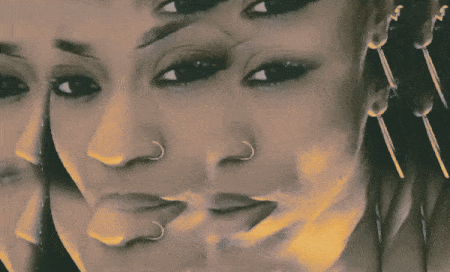What is an experiential, emotional dimension?
How does one feel or/and gauge arousal ?
When does one become aware of pleasure?
The Dimensions
Without full resolve, those are the questions noted in the margins of the scholarship I’ve been reading. Their words, not mine. “Pleasure, Arousal, Dominance: Mehrabian and Russell revisited”1 , this is the paper I picked up to find a diving board into theorizing Visual Eroticism. I’m curious about putting into catalog what makes myself arrive at classifying visual input as erotic. In their research, pleasure, arousal and dominance it’s not spoken about explicitly in terms of sex, or the biology of sex, or even the psychology of sexual behavior. Their lens is on “the assessment of the experience of one’s physical environment and its perceived qualities”2. Their review falls in the realm of environmental psychology, an academic study that labels words like ‘pleasure’, ‘arousal’, and ‘dominance’ as emotional dimensions. Which was the perfect splash into my imagination and affection for impact.
Sex Sells? Or Sell Sex?
With pole, as with lots of performance or entertainment mediums exaggeration or emphasis (not in a negative sense) is how one projects a posture, attitude or makes a statement. Particularly with the body, I’ve seen this ring so true with the ways sexiness, sexual-desire, sex-appeal, sexual liberation/sensuality is portrayed when prompted to express it. To such a point that it is not an reenactment of a memory or a stretch of the imagination; but more so it becomes an emotive expression that can feel like a dramatized character or feigned persona. Which, for me, at that point it becomes un-sexy—especially when you can’t sell it to me.
Often, emotional dimensions within expression take these contrived forms of what one “thinks” or “feels” is aesthetically pleasing (read beautiful/attractive/acceptable). Or it takes this form that we think should initiate affection (moving someone to feel some-thing that connects them to us). It’s sort of how, I think, people often confuse the visual of embodiment with the act or stylization of: sensitively emoting, smoothly succumbing or this cinematic depiction of pleasure. Wrong. The dimensions of pleasure, arousal and dominance are not even inherently about ideals of emotional sensitivity and they are sure not about sex. At least, not in nature.
Performances That Are Not Staged
I mention to dancing and performing friends that I’m not really a performer; although, stage concepts do entertain my imagination from time to time. I’ve performed on stages and on screens in my lifetime, with and without a pole. An ironic perspective to have when the name of my organizing body is Performance Tempel.
In this era, I’m a practitioner who likes to hone in on the “performance” being the output of my will and my body as a graphic to be visualized. Most of what shows up visually is a experimentation of: can I sculpt my body to make evident the phenomenon of learning and unveiling the intersecting dimensions of myself.
Most days if I think hard enough about it, there’s this exponential trifecta of dimensions shaping reality. And making that visual is what I claim to be doing. If you see my ass on the internet via a video— it’s a “performance” of the process or plainly put. “Sometimes you gotta pop out and show niggas”.3
There’s alot of revelations I’m arriving at when it comes to my body of work and the tentacle theory of “Visualizing Eroticism”. I’m thankful for a year that is answering questions. I don’t have much that I can pen in words but I do have screenshots of what my practice has been like in teaching and “performing” that I’ll share this week.
But first, something for you to mediate on, specifically at the end of your days in the darkness of night:
Send News: A Spiritual Ritual For How You Experience The Physical
When do you become aware of the dimension of pleasure?
When it hits, that you’re in/with pleasure: Write down the date and time and describe the environment you’re in. Note if it seemed more a feeling response (an output) or a measurement or catalytic moment (an input).
Bakker, I., van der Voordt, T., Vink, P., & de Boon, J. (2014). Pleasure, arousal, dominance: Mehrabian and Russell revisited. Current Psychology: A Journal for Diverse Perspectives on Diverse Psychological Issues, 33(3), 405–421.
Bakker, I., van der Voordt, T., Vink, P., & de Boon, J. (2014). Pleasure, arousal, dominance: Mehrabian and Russell revisited. Current Psychology: A Journal for Diverse Perspectives on Diverse Psychological Issues, 33(3), 405–421.
Kendrick Lamar. song, “They Not Like Us”.





